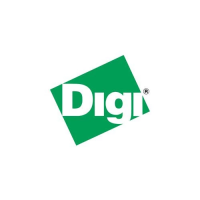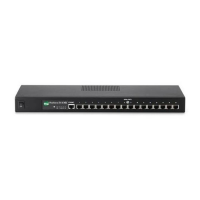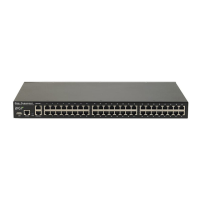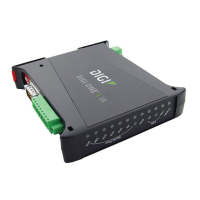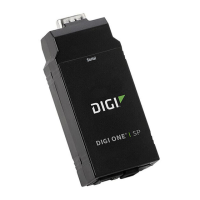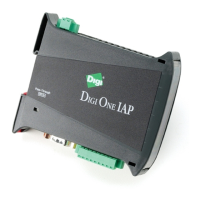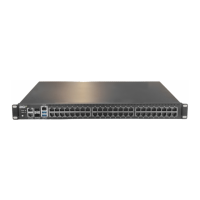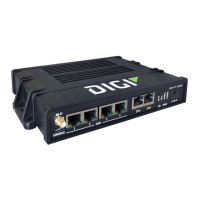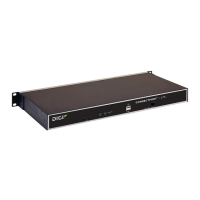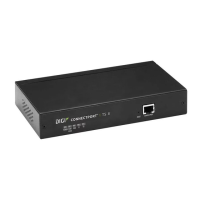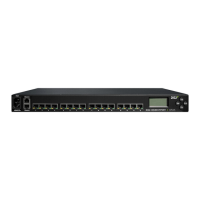Page 6 Introduction 90030500B
Modems and dial-up links
A single modem connection can support any or all of the following:
• Outgoing calls for hosts on the network.
• Outgoing WAN connections initiated by PortServer II.
• Incoming WAN connections.
• Incoming terminal-style connections.
For each modem or other dial-up device that you connect to PortServer II, you must
configure its baud rate and control parameters.
Communication protocols supported by PortServer II include PPP, SLIP, and CSLIP.
Each of these protocols allows PortServer II to establish a link over standard tele-
phone lines when traffic warrants a call or if a trigger event occurs (for example, a par-
ticular time or day).
A remote user or system may dial into PortServer II using a terminal emulator such as
ProComm Plus. When traffic has finished, the connection may be hung up to reduce
telephone costs. Alternatively, the connection may remain continuously established.
Be aware that additional connect time costs could be incurred if the latter
method is used
.
PPP
PPP (Point to Point Protocol) encapsulates network level IP protocol data on transmis-
sions between point-to-point links. PortServer II supports auto-detection of CHAP
(Challenge Handshake Authentication Protocol) and PAP (Password Authentication
Protocol) on serial ports that are configured for PPP. CHAP authentication is
attempted first, then PAP authentication, if CHAP fails.
If the user’s software accepts the PAP authentication request, PortServer II requires a
PAP ID and password to establish the connection.
If the user’s software accepts CHAP authentication, PortServer II sends a CHAP
packet that includes an ID and a random number. The user’s software must respond
with the same ID and the user name in encrypted form. When PortServer II receives
the response, it verifies the encrypted data. The connection is only established when
both have verified the encrypted data. This method of authentication ensures that a
transmitted password cannot be stolen by another user to gain unauthorized access. To
ensure security is maintained, CHAP challenges the connection at random intervals.
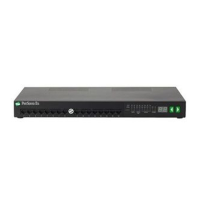
